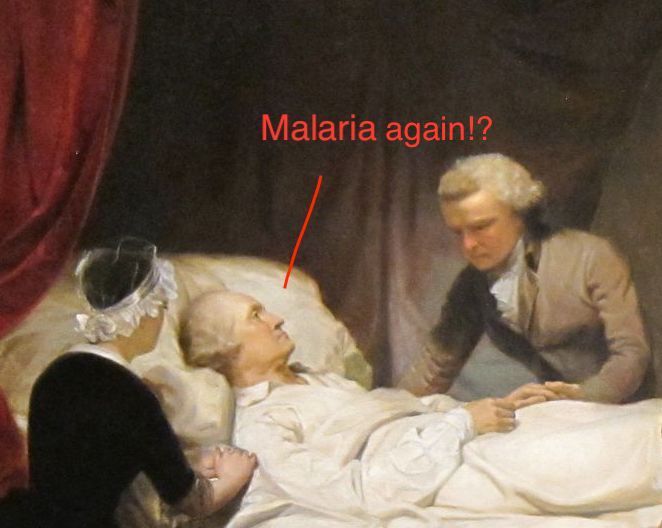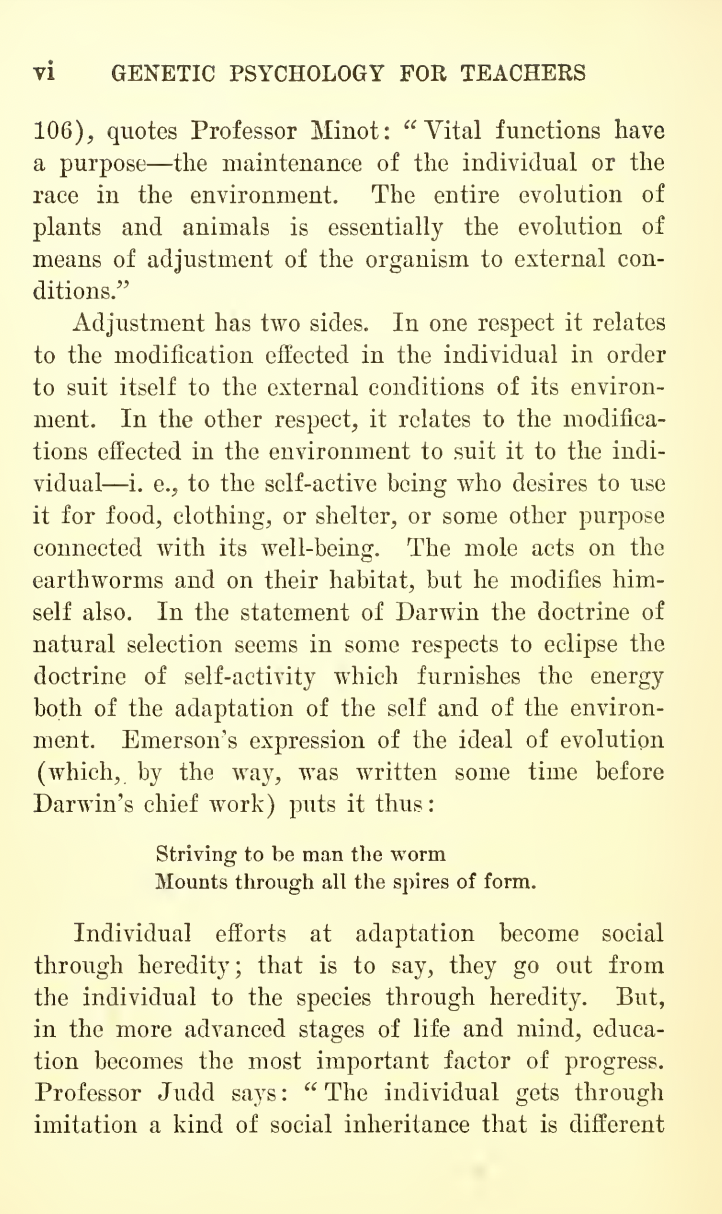Whether you’ve got a cold, or Covid, or melancholia, or something that’s not yet in the medical textbooks, take comfort in the fact that many have been in worse shape — and even survived to become president.
Before George Washington concerned himself with the health of our nation, America’s first commander-in-chief had to contend with an amazing array of personal afflictions. During the course of his life, he dealt with smallpox, malaria (six times), diphtheria, anthrax, dysentery, tuberculosis (twice), quinsy, carbuncle and pneumonia, to say nothing of losing all his teeth.* It’s only fitting that there’s a hospital in D.C. named after him.
While George needed some luck to make it through these gauntlets (not to mention a brutal war with the British), it’s important to recognize the capacity of the human organism to fight sickness. Of course, it doesn’t hurt to take care of your body along the way. To this end, George exercised faithfully, supped and grogged in moderation, tried to get the proper sleep, and avoided tobacco.
He also believed in balms and nostrums to keep the grim reaper at bay. According to records from his presidential library, among the items he ordered from an English apothecary in 1759 were the following:
*Yes, George ultimately died of epiglottitis at age 67, but that may be because they practiced blood-letting back then and removed 35% of his plasma. And besides, 67 was elderly for the early 1800s. Men like Washington were lucky to survive into their late forties or early fifties. Women had it even tougher.
**Laudanum was considered a cure-all in Washington’s day, and why not? It contains a mixture of opium, alcohol, morphine and codeine. It’s doubtful a doctor would prescribe this today, but you can ask.










Leave a Comment
Want to join the discussion?Feel free to contribute!